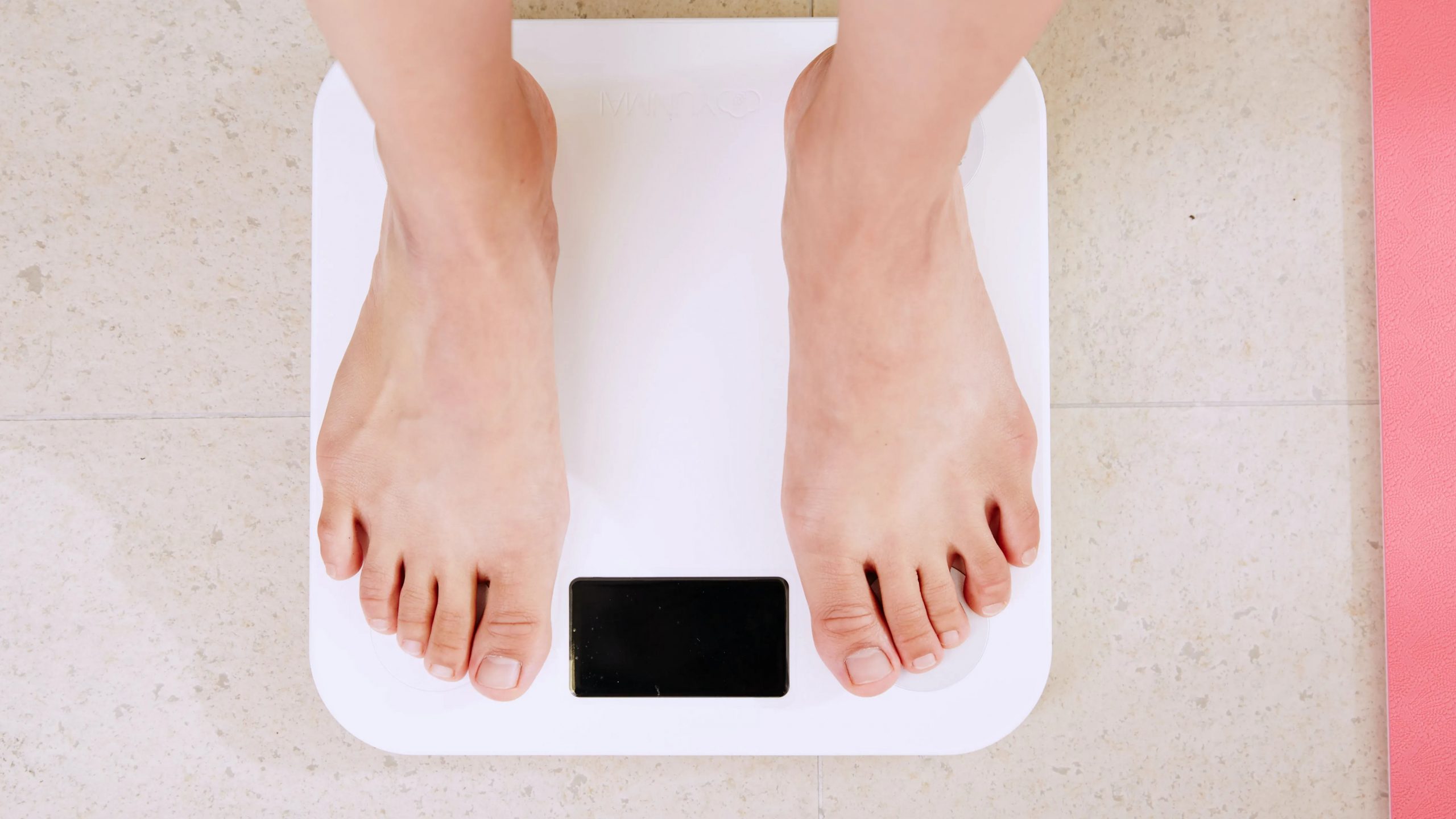Many people spend a lot of money on diet plans in order to lose weight. Instead of eliminating food groups, simply being conscious of what you place on your plate and exercising portion control helps.
“All that matters for healthy weight loss is to be in a moderate calorie deficit while eating a balanced diet,” remarked nutritionist Niharikka Budhwani on Instagram.
Quinoa and barley are two types of grains that experts recommend adding to the daily diet to lose weight.
Barley (Jau)
The ancient barley grain, known as jau, is available in flour form and can be cooked and used in meals such as warm salads or stir-fried vegetables. It’s recommended to choose hulled barley over pearl barley since it’s the unprocessed, nutritionally superior counterpart of pearl barley, which is prepared by removing the husk and bran.
Quinoa is one of the most protein-dense whole grains for weight loss. A 100-gram serving of the grain includes 14 grammes of protein and 7 grammes of fibre (as per the USDA data). Quinoa can be eaten with stir-fried veggies and grilled meats or added to salads. It’s a cholesterol-free food grain with a low glycaemic index that’s popular among bodybuilders and slimmers. In addition to having these dietary grains in your weight reduction diet, you should also consume high-fibre cruciferous vegetables and high-fibre fruits. To get the most nutrients out of your vegetables, make sure you cook them.
As a result of their nutritious content, whole grains are preferred over refined grains like wheat. But which of the two whole grains — quinoa or barley (jau) — is better for weight loss?
According to the Indian Food Composition Table – 2017, the expert decoded these two whole grains in her post.
“All that matters for healthy weight loss is to be in a moderate calorie deficit while eating a balanced diet,” remarked nutritionist Niharikka Budhwani on Instagram.
“Both of these grains will aid in weight loss. “The point is that you don’t need to consume strange foods to lose weight,” she explained.
While the macronutrient profiles are nearly identical, “there is a significant price difference,” she noted, noting that 30 grammes of both grains have similar fibre, carbohydrates, protein, and fat content.
For a short rundown of key nutrients and distinctions between barley and quinoa, consider the following:
– Quinoa and barley both have a high calorie and fibre content.
– Niacin, pantothenic acid, and Vitamin B6 are all higher in barley.
– Iron, potassium, and protein are all abundant in barley.
– Quinoa has more DHA than barley in terms of omega-3 fatty acids.







